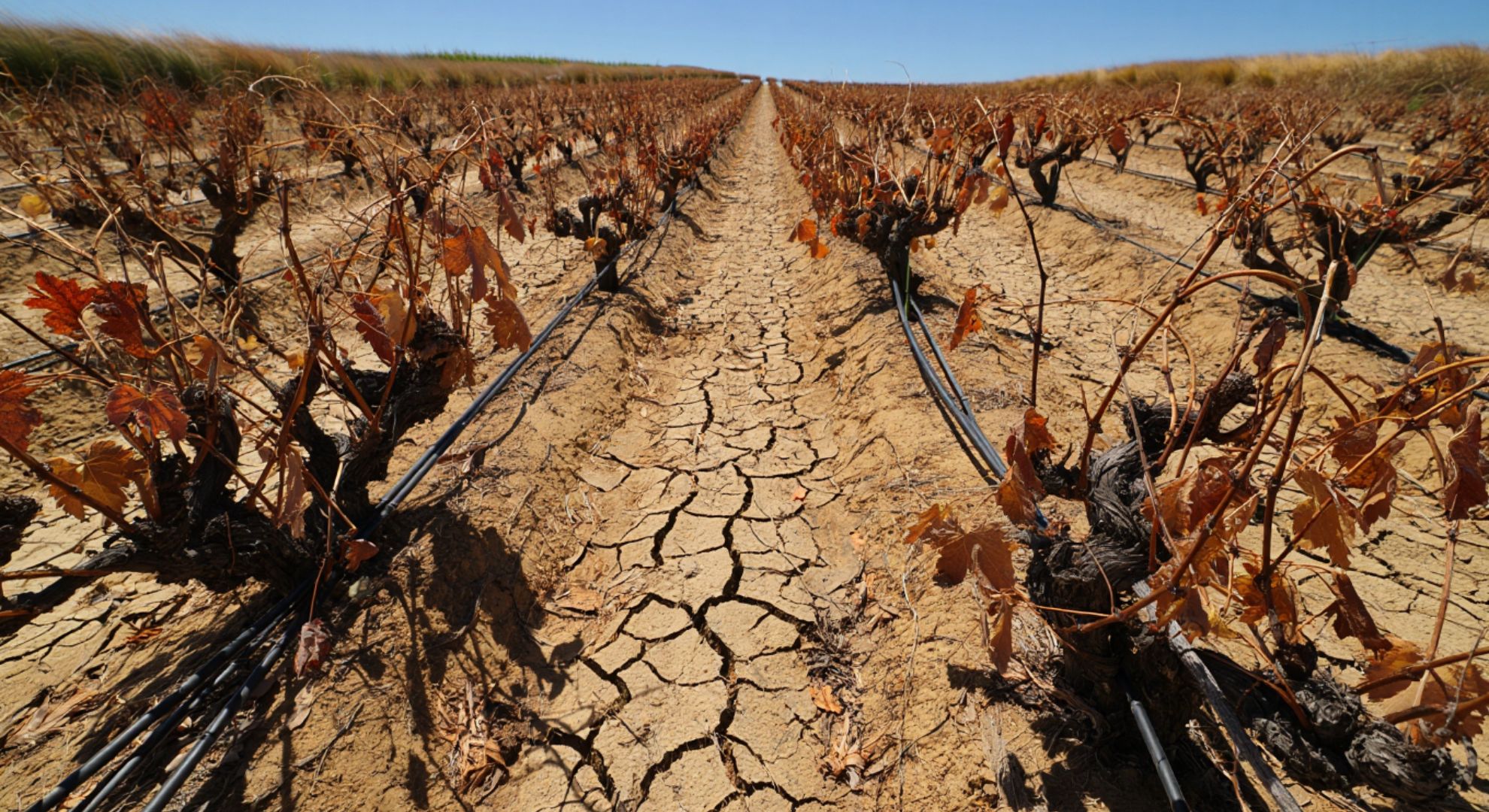The vines of Hawke’s Bay are facing an unyielding season, and the mood across the region is sober. Months of parched weather have turned once-supple soils brittle, and rows of trellised grapes are straining under relentless blue skies. What was expected to be a classic summer is now a test of endurance, resourcefulness, and hope.
Why this dry spell matters
Hawke’s Bay is synonymous with fine wine and resilience, but vines are living barometers of climate stress and timing. A shortened window of rainfall, combined with intense evaporation, is shifting the balance between ripeness and survival. “Every day without moisture sets us back a notch,” said one grower, “and every irrigation decision has a cost we’ll feel later.”
The region’s diversity of soils—from river gravels to loams—usually gives winemakers options. This year, those advantages are narrowing, and pockets that once shrugged off dryness are now showing strain.
The numbers behind the thirst
Growers describe a season of patchy showers and persistent deficits, with heat and wind compounding the loss. In the vineyards, the conversation has shifted from canopy management to basic survival, and from ideal ripeness curves to triage.
| Metric | Typical Year (Nov–Mar) | Current Season | Impact on Vines |
|---|---|---|---|
| Rainfall | Moderate, well-timed | Scarce, uneven | Prolonged stress between events |
| Soil moisture | Adequate in most blocks | Critically low in many | Shallow roots exposed |
| Irrigation load | Occasional, scheduled | Near‑constant, rationed | Higher costs and equipment strain |
| Canopy growth | Balanced and leafy | Sparse, early leaf drop in spots | Sunburn risk on clusters |
| Expected yield | Stable | Reduced across many sites | Selective harvesting |
| Water/energy costs | Manageable | Elevated and rising | Squeezed margins |
Figures are an indicative comparison compiled from growers’ observations and regional updates; conditions vary by site.
Voices from the rows
“We’re walking the blocks at dawn to catch the faint cool, counting leaves and clusters like misers,” said a vineyard manager near the coast. Another viticulturist added, “The vines are fighters, but they’re telling us to slow down, cut back, and protect what we can.”
A winery owner put it more starkly: “You can’t irrigate your way out of a drought forever. At some point, it’s about choosing which parcels to save.”
Strategies on the ground
Vineyards are responding with precision and restraint, borrowing tools from arid regions and doubling down on detail.
- More targeted irrigation, using sensors and predawn cycles to reduce losses
- Temporary shade cloth on vulnerable rows to limit sunburn
- Aggressive weed control to reduce competition for scarce water
- Leafing adjusted to protect fruit while maintaining airflow
“We used to chase sunlight; now we’re metering it,” one grower said, pointing to a row draped in pale fabric.
Taste, ripeness, and risk
Drought doesn’t automatically mean poor wine; in fact, it can mean concentration and structure. But imbalance brings trade‑offs. Sugar can race ahead of flavor, and tannins can feel angular when vines are tired. If ripening stalls, the window for harvest shrinks, and the margin for error becomes thin.
Winemakers are tinkering with pick dates, favoring cool mornings and small lots. Some are trialing whole‑bunch fermentation to add lift and freshness, while others lean on gentle extraction to avoid hard edges.
What’s at stake for the region
Beyond individual labels, the region’s reputation for consistency is on the line. Tourism, seasonal jobs, and export relationships all hinge on stability, and a second or third dry year could reshape vineyard maps. Gravel soils that once delivered poise may need more infrastructure, and younger vines with shallow roots may face replanting decisions.
For some, adaptation will be incremental: more mulch, better monitoring, smarter trellising, tighter water budgets. For others, the shift may be structural: varietal choices, drought‑tolerant rootstocks, and new sites at different aspects or altitudes.
A careful optimism
There is still fight left in these fields. Autumn can bring reprieve, and well‑timed showers can steady nerves. “We’ve seen tough vintages before,” said a cellar hand, “and sometimes they deliver unexpected clarity.” The region’s mix of experience and experimentation is a real asset.
But the lesson is plain: water security is not a side issue, and climate volatility is now a core risk. The vineyards of Hawke’s Bay will keep adapting, row by row, season by season—leaning on craft, community, and the stubborn grit that great wine quietly requires.
